Chocolate Drops: Underrated Holes at U.S. Women’s Amateur Host Bandon Dunes
Golf architecture news and notes for the week of August 4, 2025
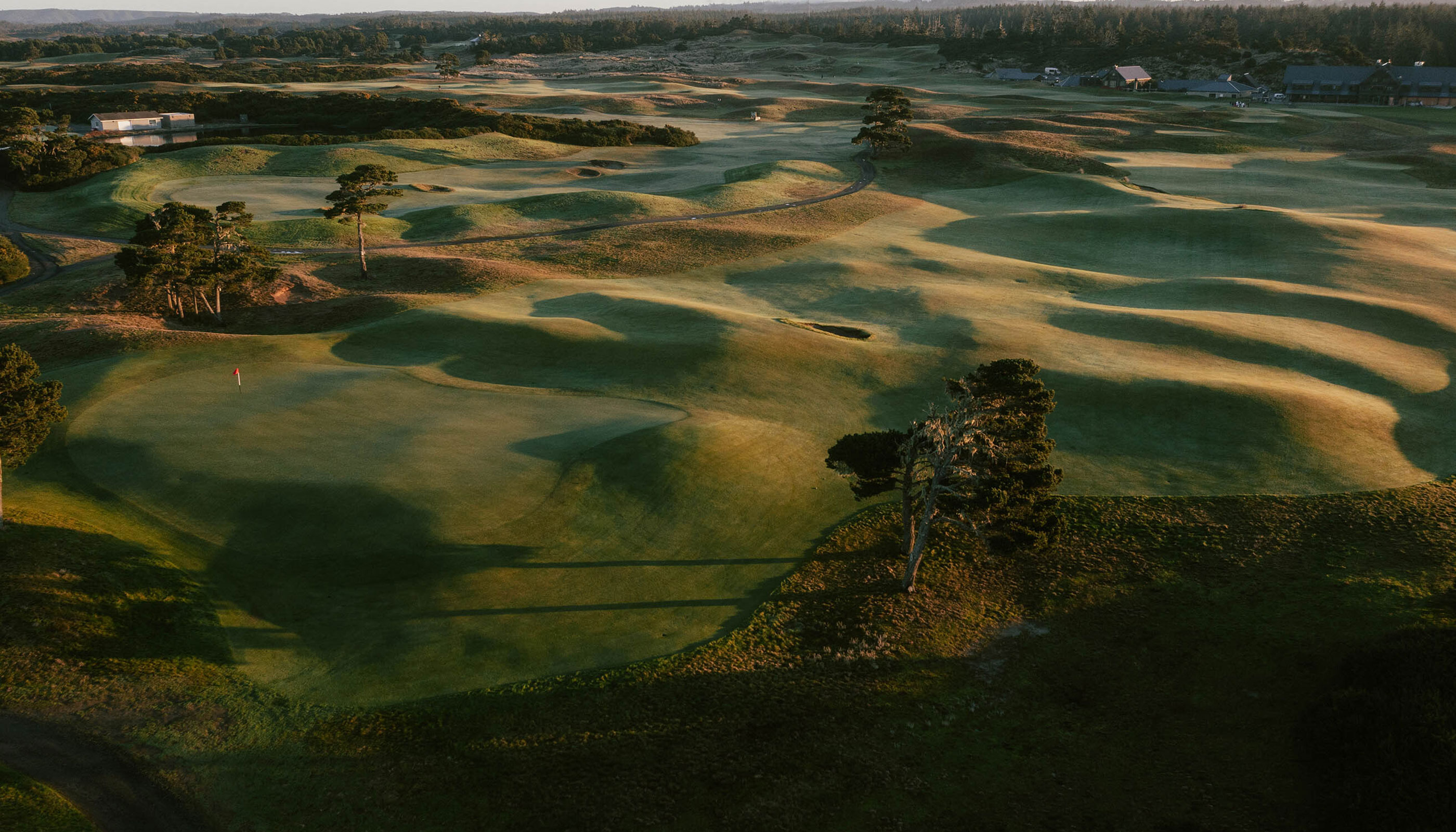

Hi there, FEGC. Let’s run through a few timely nuggets from the world of golf architecture:
→ Stroke play at the U.S. Women’s Amateur is underway at Bandon Dunes, the influential Oregon links designed by David McLay Kidd in 1999. The telecast will pick up on Wednesday with the Round of 64 in the match-play portion of the championship. Golf Channel’s cameras will likely focus on the course’s photogenic seaside holes, particularly the par-4 fourth, par-3 12th and 15th, and short par-4 16th. But if I could get into the producers’ ears (I can’t), I’d encourage them to give some airtime to these three underrated par 4s:
No. 8, 359 yards (U.S. Women’s Amateur yardage)
The eighth green is tucked into a cluster of dunes and set on a right-to-left diagonal. In order to have a view into the hollow on the approach, players must challenge the bunkers on the right side of the fairway. There is a massive amount of room to the left, but the farther players bail out in that direction, the tougher their next shot will be.
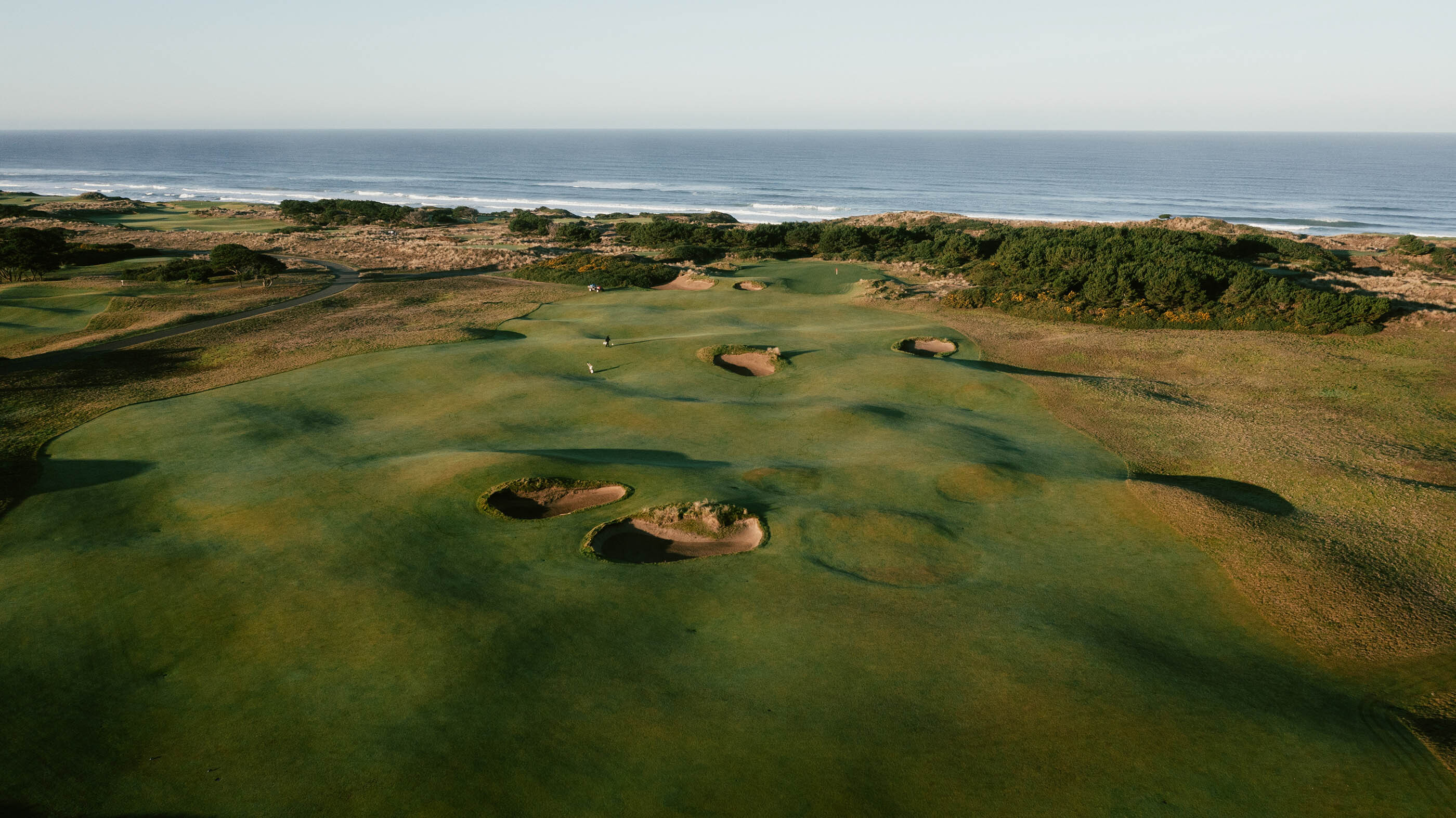
No. 10, 345 yards
In my FEGC profile on Bandon Dunes, I selected this sly par 4 as my favorite hole on the course. Here’s what I said about it: “The strategic geometry of this hole is similar to that of the iconic 10th at Riviera Country Club. There is a large hazard—in this case, a trio of deep dunkers gouged out of a dune ridge—blocking the direct line to the green. Carrying this obstacle dramatically shortens the hole. However, as on No. 10 at Riviera, the approach from the center of the fairway is difficult: the green plays shallow and is completely hidden by a second dune ridge. The alternative route off the tee is well out to the left. From there, the green is mostly visible and more receptive to less-than-precise approaches.”
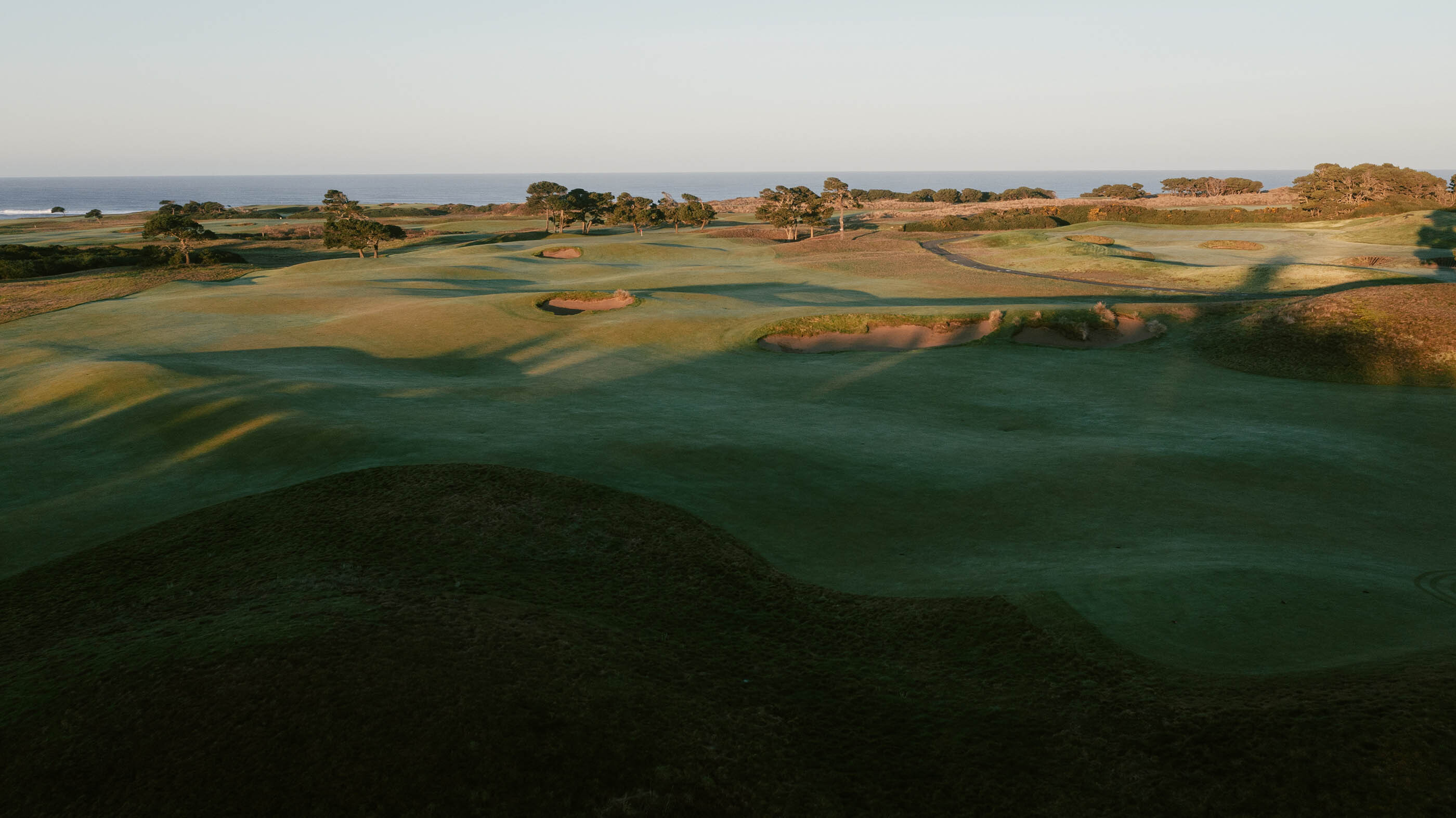
No. 14, 320 yards
Like the 10th hole, the 14th dares players to take a shortcut over a field of hazards while offering a safe line to the left. In a friendly wind, this hole may be drivable for longer hitters, adding to the appeal of the risky play.
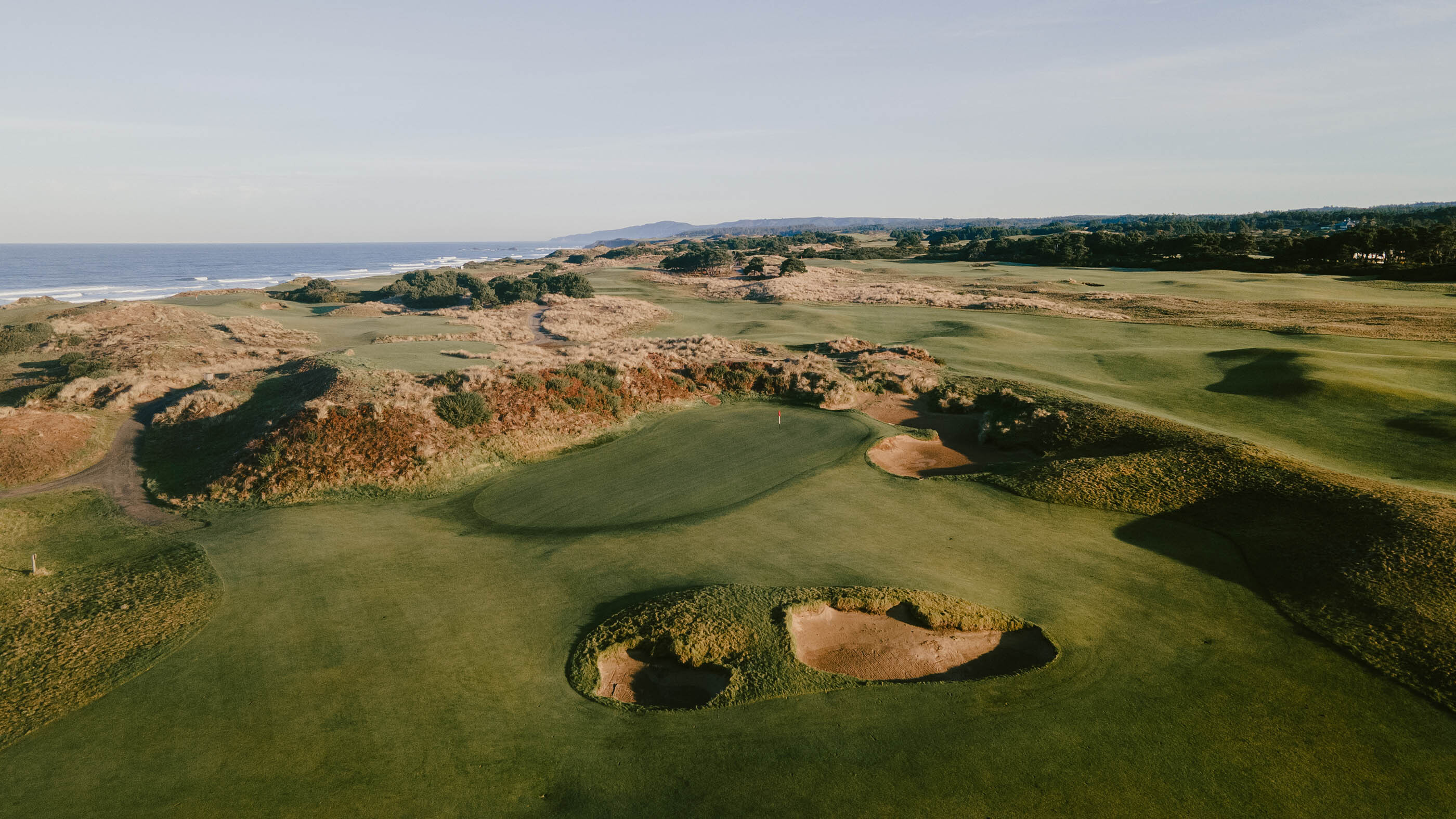
On both 10 and 14, the conservative landing zones are partly hidden, so the player’s view from the tee is dominated by hazards. A degree of course knowledge is needed to overcome this visual confusion.
For the past decade or so, David McLay Kidd has shied away from this type of design ploy, saying he’d rather fill players with confidence than cow them into tentative play through visual trickery. This is an unorthodox stance, which I appreciate. I wish more architects were as willing as Kidd to challenge certain shibboleths of Golden Age golf course design. At the same time, I think some of his recent work is missing exactly what the 10th and 14th holes at Bandon Dunes have: a sense of visual mystery.
Anyway, it would be understandable for the telecast to linger on Bandon Dunes’ clifftop stretches. Everyone likes ocean views. But I hope Golf Channel puts at least a little effort into explaining the nuances of some of the inland holes.
{{inline-course}}
→ Erik Matuszewski reports for Forbes that King Collins Dormer—the architecture firm headed up by Tad King, Rob Collins, and Trevor Dormer—has been tabbed to build Ambush, the second 18-hole course at upscale Utah development Marcella. The first course, named Skyline and designed by Tiger Woods’s TGR Design, is set to open a handful of holes for preview play later this year. The developer behind Marcella is Reef Capital Partners, the private equity firm that recently opened Black Desert Resort in St. George, Utah, and purchased Sweetens Cove Golf Club, King and Collins’s reputation-making nine-holer in Tennessee.
The Ambush course’s property will feature a mixture of dramatic and subtle terrain. “The big vista mountain holes have a Landmand level of scale to them,” Collins told Forbes, referring to Landmand Golf Course, his audacious design in the Loess Hills of Nebraska, “but the quieter valley holes have a touch of a Midwest ‘dunesy’ feel to them.”
The TL;DR here is that King Collins Dormer, Utah golf development, and private equity-backed golf developers are all trending upward.
→ Much has changed since the first course at Trump International Golf Links near Aberdeen, Scotland, opened in 2012. Its owner, Donald Trump, has twice been elected President of the United States; its dune system has lost its Site of Special Scientific Interest (SSSI) status; and Scotland has become so suspicious of American golf course developers that the seemingly well-intentioned Coul Links project in the Scottish Highlands may never gain political purchase. But Trump International Golf Links is forging ahead. Last week, President Trump was on hand for the opening of the resort’s second Martin Hawtree-designed course. Golf Digest’s Jamie Kennedy posted a hole-by-hole tour on X.
Leave a comment or start a discussion
Engage in our content with thousands of other Fried Egg Golf Club Members
Engage in our content with thousands of other Fried Egg Golf Members
Get full access to exclusive benefits from Fried Egg Golf
- Member-only content
- Community discussions forums
- Member-only experiences and early access to events




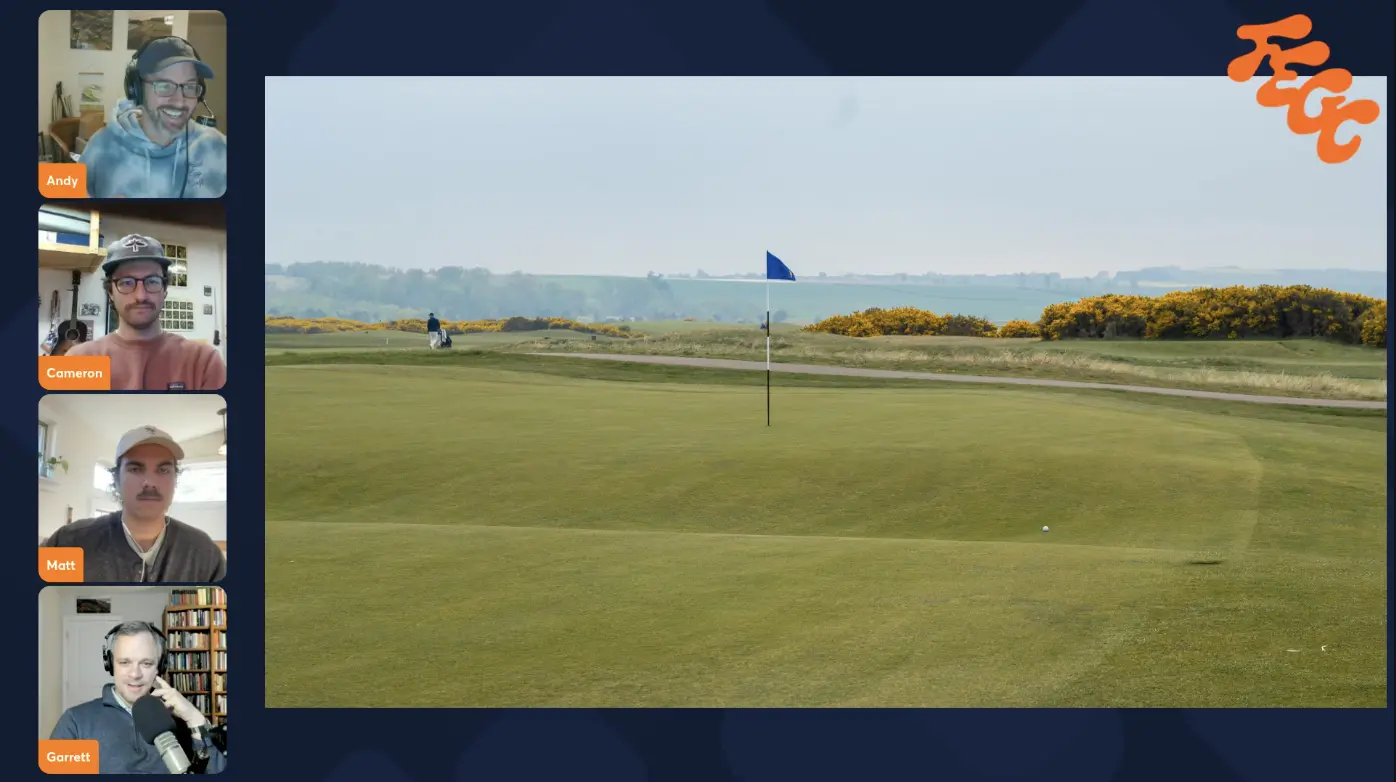







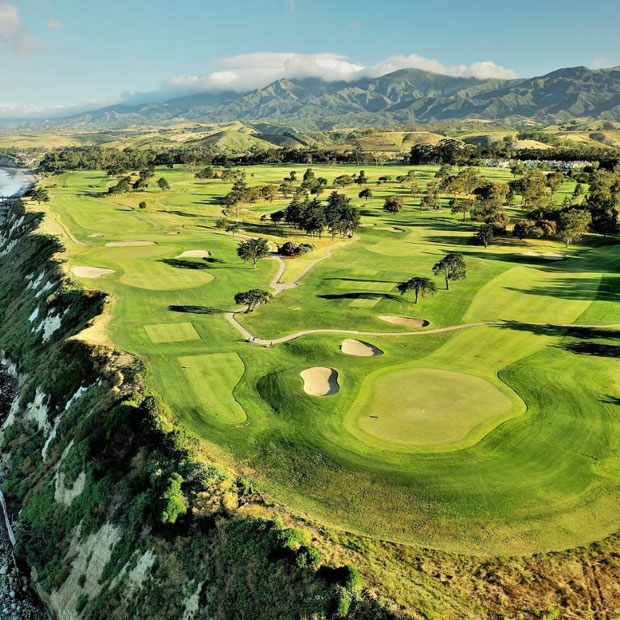
Leave a comment or start a discussion
Lorem ipsum dolor sit amet, consectetur adipiscing elit. Suspendisse varius enim in eros elementum tristique. Duis cursus, mi quis viverra ornare, eros dolor interdum nulla, ut commodo diam libero vitae erat. Aenean faucibus nibh et justo cursus id rutrum lorem imperdiet. Nunc ut sem vitae risus tristique posuere. uis cursus, mi quis viverra ornare, eros dolor interdum nulla, ut commodo diam libero vitae erat. Aenean faucibus nibh et justo cursus id rutrum lorem imperdiet. Nunc ut sem vitae risus tristique posuere.